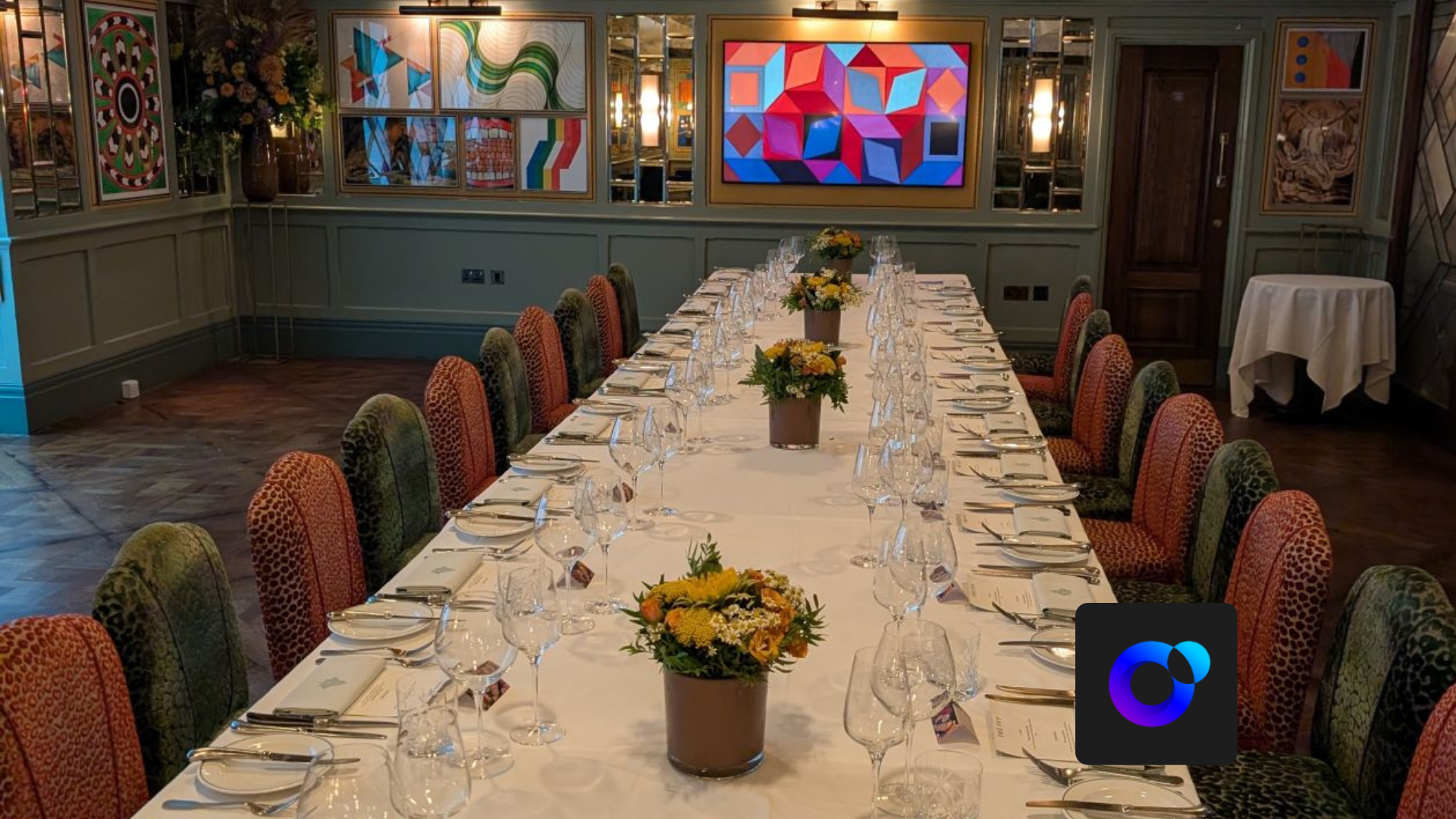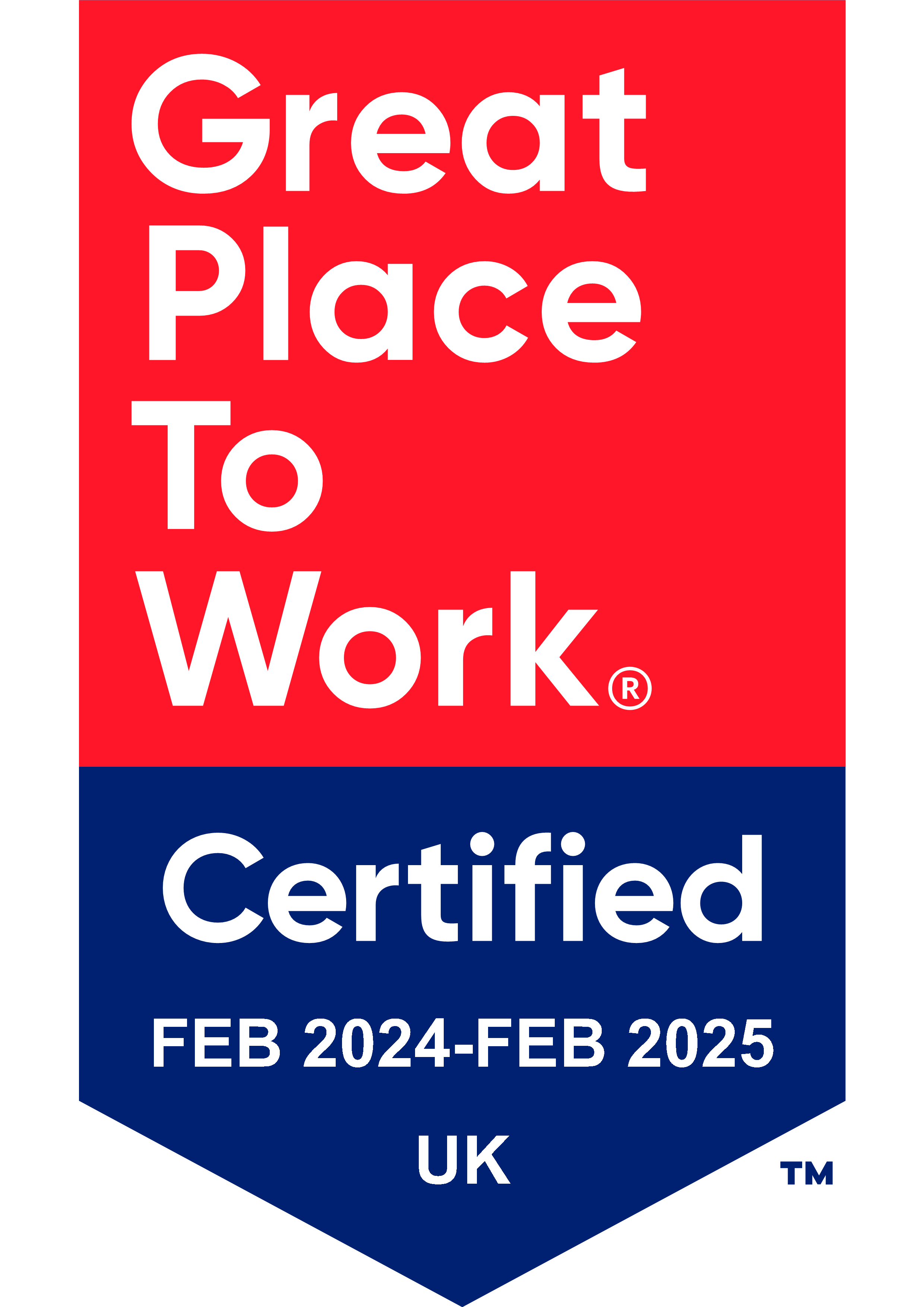Corporate event planning sounds exciting, but it can be complex and demanding. Whether it’s a 300-person product launch or an intimate leadership roundtable, pulling off a flawless event takes more than just picking a nice venue.
When an event is done right, it can boost your brand image, energise your teams, and grow your business network. However, a single oversight, such as a delayed agenda, missing microphones, or a weak internet connection (the horror), can disrupt the flow and damage your credibility. There is little to no room for mistakes.
In this guide, we’ll show you how to plan executive events, minimise mistakes, and use them as a powerful tool for driving real business outcomes.
Understanding Executive Event Planning: Defining Vision & Clear Objectives
Before selecting a venue and discussing menus, keep in mind that executive events require a different approach compared to regular corporate events.
Define a clear vision and objectives by asking yourself:
- Why am I planning this event?
- Who needs to be in the room?
- What will be the topic of discussion?
Let’s break each of these down in detail.
Understand the Purpose of The Event
It’s easy to shift your focus to logistics. But pause for a moment and get crystal clear on why you’re hosting the event. Your reasons could be to deepen relationships with key accounts, position your company as a thought leader, or accelerate decision-making.
📊 In fact, 82% of B2B event organisers say that their in-person events are “very” or “somewhat” effective - showing how clear objectives tend to drive better business outcomes.
Before you start planning, think about:
- The outcome you’re expecting.
- What you want attendees to think, feel or do afterwards.
- The way this event will push your business forward.
This isn’t a step you should skip - it should inform every other decision you make: the people you’re inviting, the agenda you’re creating, the tone you’re setting, and the way you’re going to follow up post-event.
Set Event Goals that Drive Positive Business Outcomes
After setting a purpose, turn that purpose into specific, measurable goals that align with your organisation’s wider strategy. Companies often chase multiple objectives, but each event should focus on one clear, targeted goal:
- Revenue growth = Trade shows.
- Brand building = Thought leadership conferences.
- Employee retention = Team building events.
- Client education = Training sessions.
It's tempting to do everything at once, but trying to achieve multiple outcomes risks confusing attendees. According to industry data, companies with clear event goals see a 25% increase in ROI.
📖 You might also like: Roundtable Events: A Guide for B2B Marketers
Identify Key Stakeholders & Decision-Makers
Stakeholders shape the success of your event. Identifying them early helps you align expectations, design engagement strategies, and avoid last-minute surprises. It also allows you to prioritise people based on their influence, interest and decision-making power.
Use one-on-one meetings, quick surveys, or small group discussions to gather insights. Keep clear records of all discussions. This shows active engagement and keeps detailed information for future planning.
Your first planning session should align everyone around the event’s core goals. A shared vision keeps your internal team focused as you move through the complexity of executive event planning.

Build a Strategic Framework for Executive Event Planning
The next step is building a solid framework that supports your executive event from start to finish. The framework you create should serve as your guide for all planning decisions.
Choose the Right Event Format
The format you pick determines your event’s budget, technical needs, planning timeline, and how attendees participate. This becomes one of your first big decisions.
Consider these factors before making a format choice:
- Your event goals (education, networking, lead generation).
- Audience expectations.
- Practical limits (e.g. budget, venue options, team capabilities).
- Preferred content formats (keynotes, roundtables, panels, workshops).
Selecting a format that encourages engagement (e.g. roundtable discussions) can dramatically increase ROI and attendee satisfaction.
According to Certain, engaged attendees are 174% more likely to report gaining valuable insights from an event.

Create a Realistic Timeline
A detailed timeline breaks your planning into manageable steps and keeps you organised. For executive events, expectations are higher, and last-minute changes could cause you to lose credibility.
While internal roundtables or VIP dinners might take two to four weeks to plan, high-touch executive events with travel, content coordination, or external speakers often require longer planning.
Your timeline should include key milestones such as:
- Initial concept approval and stakeholder alignment.
- Venue booking and contract signing.
- Speaker and content development.
- Delegate acquisition and RSVPs.
- Marketing and reminders.
- Travel and logistics confirmation.
- Briefing sessions.
- Post-event follow-up (surveys, reporting, lead handover).
Tip: Build in extra buffer time for C-level invitees. Their calendars fill up quickly, and response times take longer.
Develop a Theme
The right theme strengthens your message, attracts registrations and connects attendees. It should align with your company's culture and support the main goal
of your event.
Consider your company’s unique qualities and the brand image you want to convey. This should guide theme selection. Themes that demonstrate your values build your brand while creating better experiences for everyone.
By choosing the right topics, entertainment and activities, you can reinforce your position as a thought leader, influence participation and give your attendees an experience they will never forget.
Logistics & Budgeting Process
The success of your executive event depends on how well you plan logistics and manage the budget. After you’ve set your vision and framework, focus on the next step.
Create a Detailed Event Budget
A planned budget serves as your financial guide, helping you track costs and utilise resources effectively. Break down your expenses in a few key areas:
- Venue.
- Catering.
- Technology.
- Entertainment.
- Marketing.
- Staffing.
Consider what your event needs to achieve. Make a list of all possible expenses and get multiple quotes to find the best prices. Ensure you set aside 10-15% of your total budget for unexpected costs.

Select & Secure the Venue Early
Start searching for your ideal venue as soon as possible. Starting early gives you time to negotiate, sign contracts and plan other key elements.
Don’t forget to make a venue checklist that includes:
- Available dates that work for you.
- All costs, including any hidden charges.
- Privacy needs for sensitive content.
- Events happening on the same day.
- Contract terms and cancellation rules.
Better rates often come from booking on weekdays or during off-peak times. Compare several venues and ask about packages that include extra services.
Coordinate Vendors & Suppliers
Effective vendor coordination involves knowing what your event requires. Take time to research vendors and create a shortlist of reliable ones that fit your needs.
Reach out to vendors, work out terms and get contracts in place. Building good relationships ensures you get what you need and creates valuable connections for future events.

Plan for Transportation & Accommodation
Multi-day events need good accommodation options near your venue. Offer attendees a range of choices, from luxury to budget-friendly hotels, so they can select what works best for them.
Transportation planning should include group airline rates and shuttle services between venues and hotels. Check if the hotels offer special event packages that give your attendees better rates or extra perks.
Measure Success & Optimise Future Executive Event Planning
Your executive event doesn’t end with closing remarks. Real value comes from measuring results and learning ways to improve future executive event planning.
Collect Attendee Feedback
The right timing makes feedback collection more effective. Your team should send post-event surveys within 24 hours, while memories are still fresh. Questions should cover registration, content quality, and event expectations.
Rating scales in surveys help you collect quantitative data about satisfaction, content relevance, and overall experience.
Response rates improve when you offer incentives, such as discounts for future events or exclusive content access. Your team can gather complete insights through email, mobile apps, and social media channels.
Evaluate Event KPIs & ROI
The Net Promoter Score (NPS) measures how likely attendees would recommend your event to others.
Scores range from "promoters" (9-10), "passives" (7-8), to "detractors" (0-6). The NPS calculation subtracts the percentage of detractors from the percentage of promoters.
This simple ROI formula helps track financial success: (Gains - Costs) ÷ Costs. The number calculated will clearly show your event’s financial performance.

Document Lessons Learned
Your team needs a shared document with lessons learned that remains available to everyone. Each insight should fit into categories such as functional areas, stakeholder groups, and planning phases. Teams that review and add new insights on a weekly basis create better documentation.
Conclusion
Executive event planning requires strategy, precision, and a clear focus on the experience. With the right framework, careful budgeting and thoughtful design, you can make roundtable events impactful and result-driven tools for networking, lead generation and deepening client relationships.
The steps we’ve covered will help you plan executive events that leave lasting impressions.
Executive Event Planning with MyOutreach
At MyOutreach, we take executive event planning to the next level. We create luxury, high-impact events that connect B2B brands with C-level executives from across the world.
What we do:
- Curated roundtables and VIP dinners.
- End-to-end planning and logistics.
- Audience acquisition and C-level outreach.
- Content strategy and speaker coordination.
- On-site support and post-event follow-ups.
Interested in bringing your ideas to life? Then let’s talk!

FAQs
Q1. What are the key elements of a successful executive event?
Successful executive event planning involves defining a clear vision, setting measurable objectives, creating a strategic framework, mastering logistics and budgeting, designing engaging experiences, and measuring success for future optimisation.
Q2. What's the best way to measure the success of an executive event?
Measure event success by collecting attendee feedback within 24 hours, evaluating KPIs and ROI, and calculating the NPS. Use these insights to optimise future executive event planning.
Q3. How can I ensure attendee engagement at an executive event?
Better attendee engagement by designing impactful content, inviting relevant speakers, incorporating interactive elements like workshops and live polls and planning structured networking sessions.



.png)
.png)
.png)






